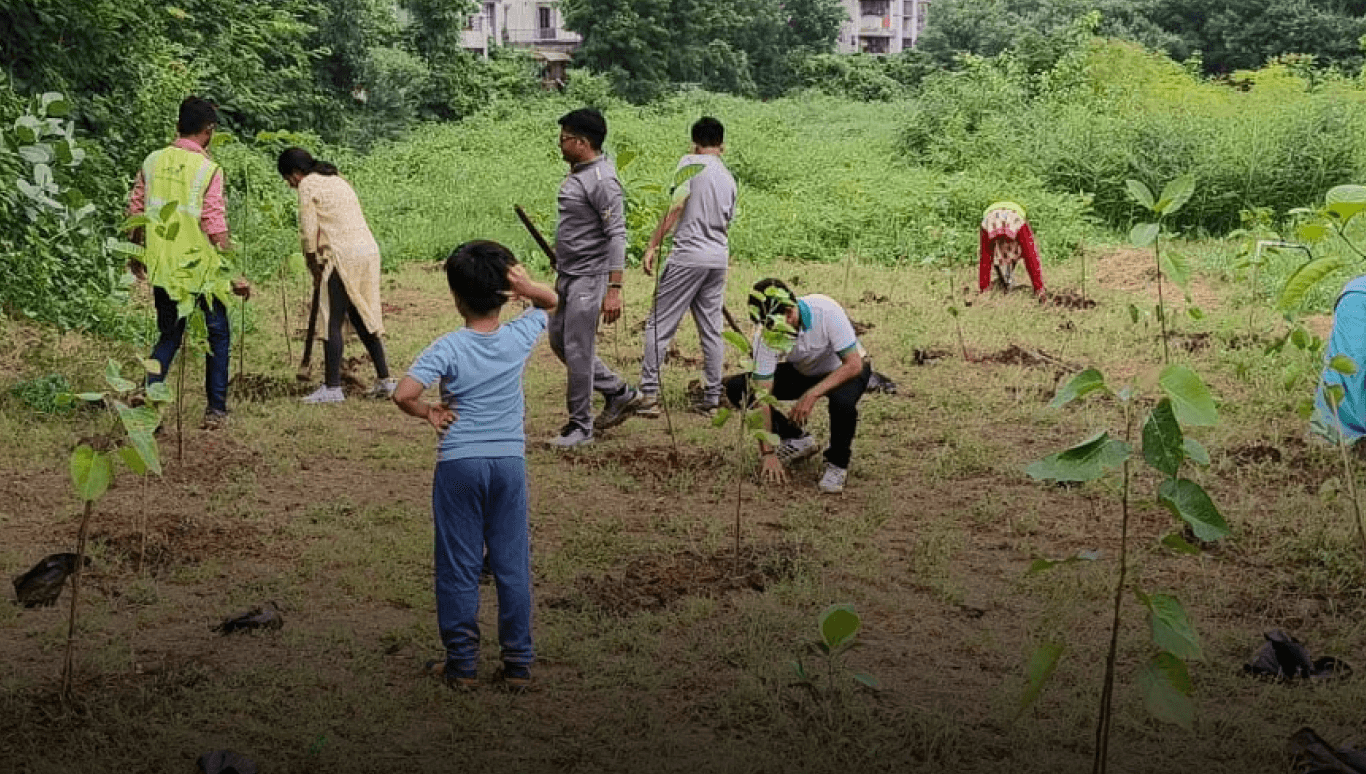Air Quality Improvement
Urban forests act as natural air filters, absorbing pollutants such as nitrogen dioxide and particulate matter. A single mature tree can absorb around 48 pounds of carbon dioxide per year. Additionally, trees release oxygen during photosynthesis, contributing to improved air quality.
Temperature Regulation
A small urban forest can significantly impact local temperatures. Trees provide shade that reduces surface temperatures and the heat island effect. In urban areas, a tree's shade can lower surrounding temperatures by as much as 9°F (5°C), creating a more comfortable microclimate.
Biodiversity Conservation
Even a compact urban forest can host a range of species. Birds, insects, and small mammals find habitats within these green spaces, contributing to urban biodiversity and ecosystem balance.
Carbon Sequestration
Urban trees play a crucial role in sequestering carbon dioxide. On average, a tree absorbs about 48 pounds of carbon dioxide annually. A small urban forest can collectively sequester significant amounts of carbon, making a tangible contribution to climate change mitigation.
Water Management
Urban forests help manage rainwater by absorbing excess water and reducing surface runoff. Tree roots also enhance soil structure, allowing water to penetrate and reducing the risk of flooding in heavy rainfall events.






















